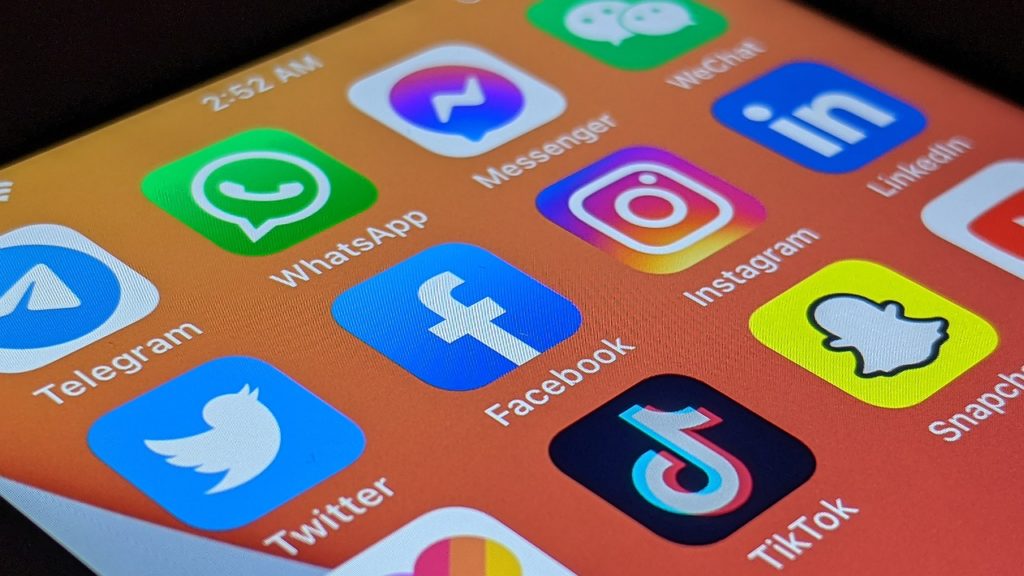Overview of the Social Media Advertising Industry
If you’ve heard anything about marketing in the last few years, then you know social media is an essential tool in any advertising or marketing plan. However, changes occur rapidly in how customers engage with both advertising campaigns and social media. So what does this mean? Social media advertising is a moving target, and the ability to adapt is key to success. Advertising professionals need to keep an eye on new trends that pop up on a regular basis. So what does the social media advertising industry look like at the moment? Let’s turn to statistics for answers.
Growth Patterns
We know that social media advertising has grown in the last few years, but how much? What kind of potential is there for revenue from participating in social media advertising, and how many businesses are using this tactic? A lot.
Ninety percent of marketers say that social media is important to their business. After steady growth, social media advertising has overtaken television advertising as media continues to shift online. Social ads made up 21.3% of all digital advertising spending in 2016, an increase of 3.1% from 2015.
Despite the fact that so many businesses agree on the importance of social media advertising, it’s not always easy to get ROI from a marketing campaign. Forty percent of marketers believe that social media marketing has become more difficult in the last year, probably due to the increased competition and the ever-changing social media landscape.
The Most Popular Channels
The number of social platforms out there is almost mind-boggling. Most advertising, however, takes place on just a few sites: Facebook, YouTube, Twitter, LinkedIn, Google, Instagram, Pinterest, and rising star Snapchat.

Facebook’s multimedia appeal has made it an extremely popular tool for marketers. Facebook ads are a popular way to bring in new revenue, and 96% of ad agencies use the platform, outperforming all other social media platforms in the survey. However, YouTube is also a popular advertising platform, with 68% of agencies reporting that they used it for client campaigns. Snapchat may not be winning any competition on use among marketers yet, but it’s definitely on many of their radars: 5% are using it now, but 16% plan to increase their efforts on the platform, and 28% want to know more about effectively leveraging Snapchat for advertising. Currently, Twitter is lagging behind other platforms—only 18% of marketers use Twitter ads, and many Twitter accounts are inactive, indicating flagging interest in the platform.
Which Ads Perform Best?
When launching ads, a marketing team wants to create the most efficient campaigns with the highest ROI possible. Video ads are one of the fastest-growing mediums for social media advertising. In February 2016 alone, 4.4 million videos were uploaded, generating 199 billion views. In 2015, YouTube had over 40 billion views of branded content, showing the popularity of this tactic among marketers and consumers. Visual content and video was the most important type of content for 60% of marketers surveyed.
Mobile vs. Desktop
As our lives migrate to our mobile devices as time goes on, more marketers are paying attention to mobile advertising. Digital ad spending has exploded in the past few years, increasing to $20.7 billion in 2015, up by an incredible 66% over the previous year. This was a total ad spend of $59.6 billion, which indicates that mobile is likely to continue increasing its share of the spending in coming years. Young adults are using social media and mobile devices for everything from sharing videos to growing online businesses, so all industries can benefit from focusing on this market.
Where Is the Industry Headed?
So what do these statistics show us about the future of social media advertising? That despite concerns from marketers over the difficulty of social media advertising, it’s still essential for almost every marketing campaign. The rise of Snapchat and Youtube shows a growing interest in video advertisements and engagement. We can look forward to VR advertising as the technology develops. That’s a lot of potential for the industry to look forward to. Mobile will also continue to grow, with projections predicting that 72.2% of digital ad spend will be on mobile platforms.
Many people are worried about security and privacy online, but that hasn’t stopped them from using social media—or responding to engaging advertisements and marketing campaigns. Because of this, it’s clear that social media advertising is only going to become more important while much of the world engages with their favorite social networks.









